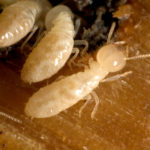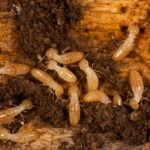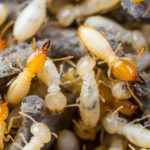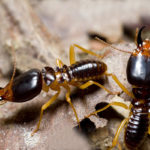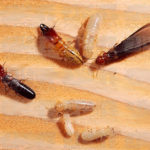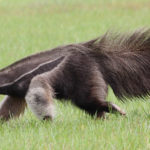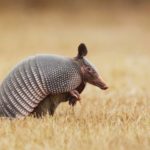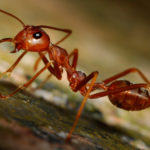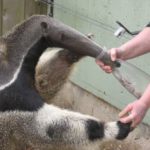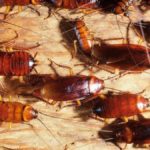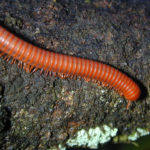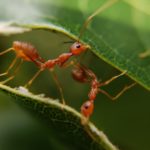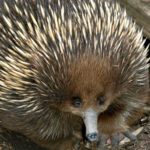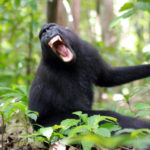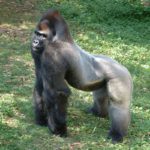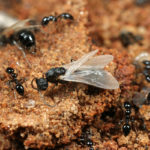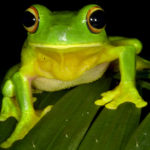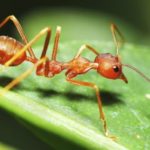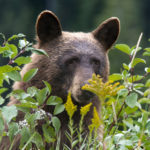Termite
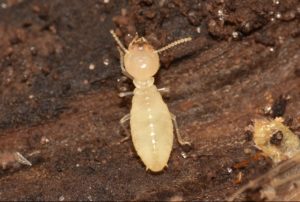 Termites mistaken for ants, close relatives of cockroaches, and live mainly in warm tropical countries. In total there are slightly fewer than three thousand types of termites in the world, in Russia only two species are known, living in the area of Sochi and Vladivostok. Of course, most termites prefer Africa, where strong termites form huge cities, but it should be noted that these insects are extremely hardy and begin to fill the northern countries, taking advantage of the benefits of human civilization.
Termites mistaken for ants, close relatives of cockroaches, and live mainly in warm tropical countries. In total there are slightly fewer than three thousand types of termites in the world, in Russia only two species are known, living in the area of Sochi and Vladivostok. Of course, most termites prefer Africa, where strong termites form huge cities, but it should be noted that these insects are extremely hardy and begin to fill the northern countries, taking advantage of the benefits of human civilization.
Termites undergo development from the larva to the adult, skipping the pupa stage. This means that the appearing creatures are completely unlike the soft helpless larvae of other insect species. Larvae of termites from birth resemble adults of a slightly smaller size and with soft white chitin.
Freely moving around the termite, the larvae develop and transform into one of three modifications of the adult termite: worker, soldier, or, passing through the stage of the nymph, into a winged one, while acquiring wings.
Each new termite appears after the so-called settling summer, when the newly grown winged ones go out into their first and only flight. Before the rainy season, leaving the native nest through special openings, the swarm spends several hours in the air until the females acquire partners. Formed pairs, breaking off wings, mate on the ground. For several hours they are completely defenseless and open to insect-eating birds, so most of the insects die.
A few surviving couples begin to build a new nest with digging out a small nest chamber in which the female, the future queen, lays the first batch of eggs. When the larvae hatch, the parents feed them until they are fully matched, and from that moment on, the food and the structure of the termite are entirely borne by the children, and the first male and female bear only a reproductive function.
The population of the termite grows at a tremendous speed, because the queen, with the help of her regular partner, can save up to ten thousand eggs a day.
